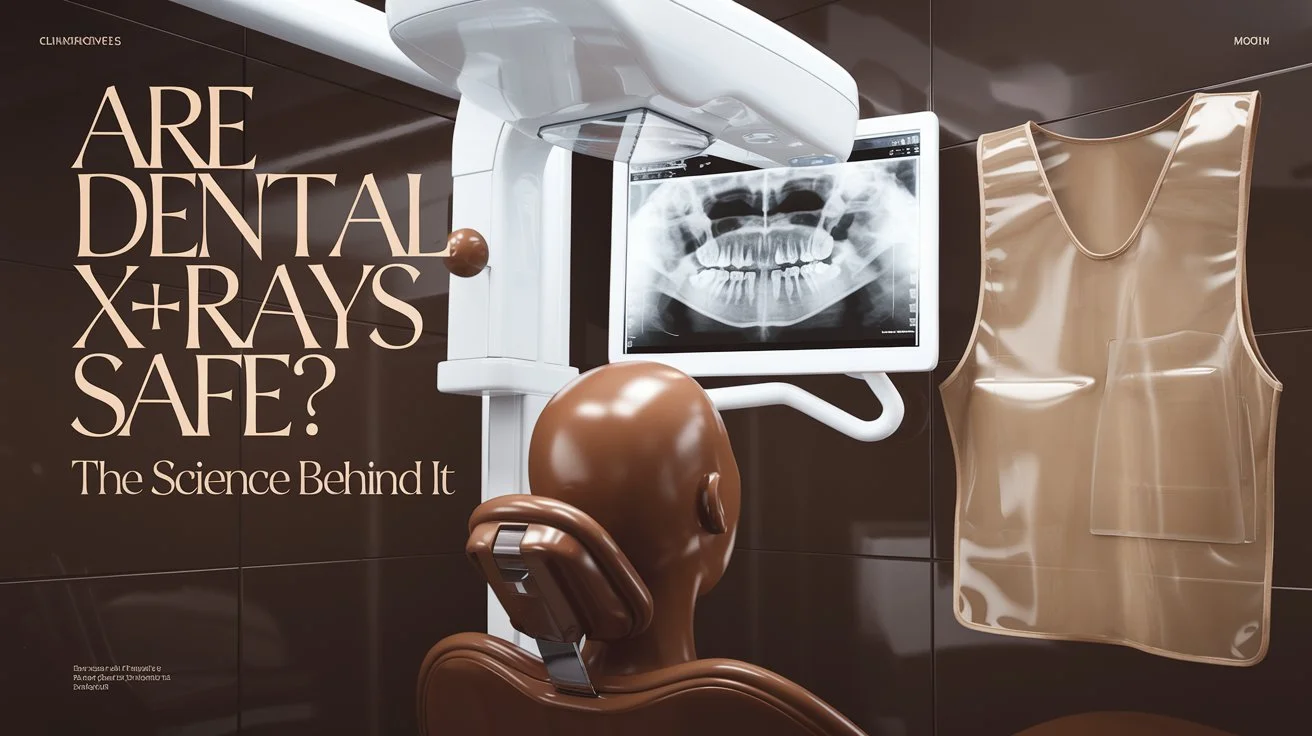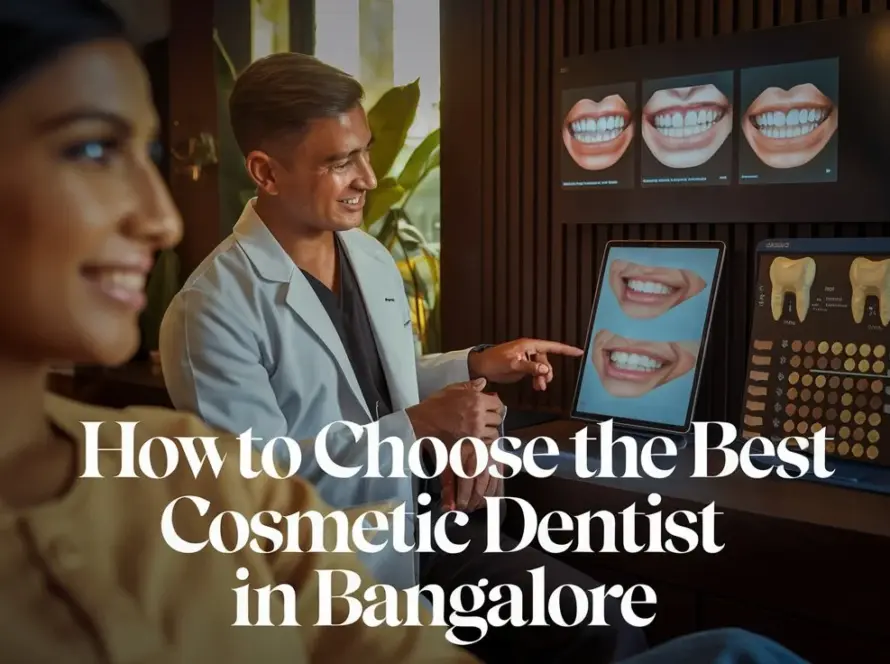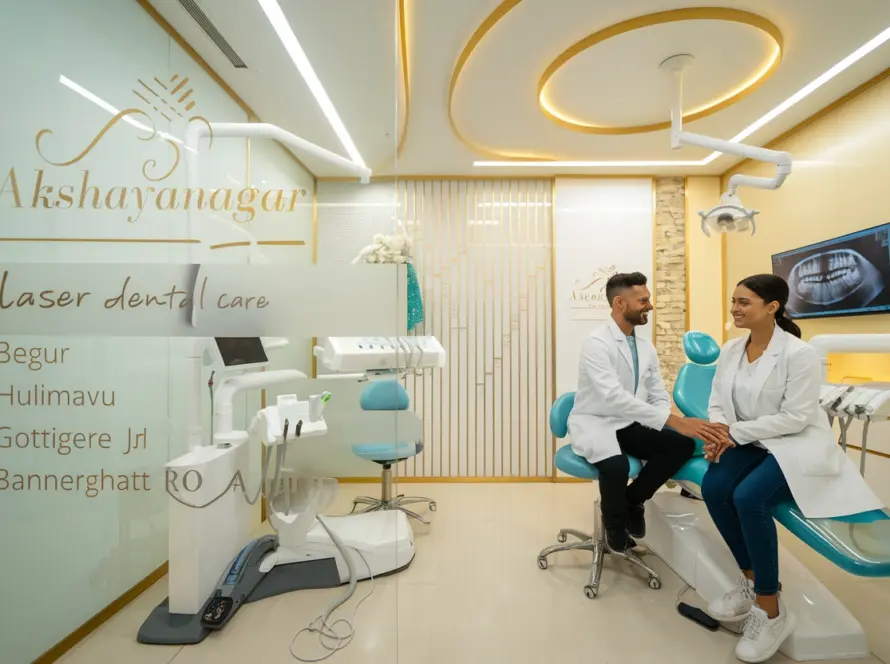Hey there, smile enthusiasts! We know that sitting in the dentist’s chair isn’t always the most delightful experience. You’ve probably heard that faint beep and seen the flash of light during your visit. Yep, we’re talking about dental x-rays! But ever wondered, “Are dental x-rays really safe?” You’re in the right place. Let’s take a closer look at the science behind these little helpers in dental care and explore just how safe they are for those pearly whites.
Understanding Dental X-Rays
What are Dental X-Rays?
Dental X-rays are images of your teeth that your dentist uses to evaluate your oral health. They are an essential part of your routine dental examination and help in detecting problems that may not be visible during a regular dental check-up. These problems could include cavities, tooth decay, impacted teeth, and other issues hiding below the gum line. With a clear picture provided by X-rays, dentists can treat issues before they become major dental headaches.
Types of Dental X-Rays
Dental X-rays come in different flavors depending on the need:
- – Bitewing X-rays: These are probably the most common and show details of the upper and lower teeth in one area. They’re great for spotting decay between teeth.
- – Periapical X-rays: These images show the whole tooth, from the crown to the root and the bone structure supporting it, zooming in on a specific area.
- – Panoramic X-rays: The big picture! This type captures the entire mouth in a single image, offering a broad view of teeth, jaws, and surrounding bone structure.
- – Occlusal X-rays: These focus on the roof or floor of the mouth and are great for checking out tooth development and placement.
Each type has its own unique purpose and helps dentists get a complete understanding of your dental health.
How Dental X-Rays Work
Dentists or dental hygienists will typically have you wear a lead apron to protect your body from radiation. You’ll either bite down on a piece of plastic or sit still while a camera rotates around your head, depending on the type of X-ray. When the machine takes the X-ray, it sends electromagnetic waves through your mouth, bouncing off your teeth and bones. These rays are captured on film or a digital sensor to create the image that the dentist examines. It’s a fascinating glimpse into your unseen dental world!
The Science Behind Dental Radiation
Levels of Radiation in Dental X-Rays
It’s natural to be concerned about radiation exposure, but the level of radiation from dental X-rays is quite low. In fact, they’re among the lowest radiation doses in the medical field. Generally measured in millisieverts (mSv), dental X-rays usually range from 0.005 to 0.01 mSv per image. To put it in perspective, you’re actually getting more radiation from natural sources every day.
Comparing Dental X-Ray Radiation with Everyday Sources
To ease your mind, let’s compare dental X-ray radiation with some common everyday sources. A single dental X-ray gives you roughly the same dose of radiation you’d get from a short airplane flight or a full day of sunshine. For many, this is reassuring, as our everyday environment exposes us to low levels of radiation constantly. Eating a banana even gives you a tiny dose of radiation!
Advances in Reducing Radiation Exposure
The dental industry has continuously improved to ensure patient safety, embracing advances that minimize radiation exposure. For example, digital X-rays have revolutionized the game. They require about 80% less radiation compared to traditional film-based X-rays. Plus, today’s high-speed film and protective measures, like lead aprons and thyroid collars, further reduce any exposure risk. Dentists also adhere to the ALARA principle—keeping radiation “As Low As Reasonably Achievable”—ensuring patients’ peace of mind with each visit.
Remember, while dental X-rays require a small radiation dose, the benefits to your oral health are significant, providing a crucial tool for prevention and early detection of dental issues.
Safety Measures for Dental X-Rays
When it comes to dental x-rays, safety is always a top priority for both patients and dental professionals. Thanks to a range of measures and guidelines, the use of dental x-rays is quite safe. Let’s take a closer look at some of these critical safety measures.
Protective Equipment Used
To minimize exposure to radiation, dental offices employ protective equipment that acts as a barrier. Here are some common tools used:
- – Lead Aprons: These are probably the most recognizable pieces of protective gear. Lead aprons are designed to cover the body and block radiation from reaching softer, more sensitive tissues. Some even come with thyroid collars for added protection.
- – Thyroid Collars: Especially important for children or pregnant women, these collars shield the thyroid gland, which is quite sensitive to radiation. Shields like these ensure exposure is kept to an absolute minimum.
- – Digital Sensors: Modern dental offices use digital sensors that are more sensitive to x-rays than traditional film, reducing the amount of exposure needed to get a clear image.
Regulations and Guidelines
Safety in dental x-rays is supported by strict regulations and guidelines. Organizations like the American Dental Association (ADA) and the U.S. Food and Drug Administration (FDA) assess and establish these practices:
- – Justification: Any dental x-ray must be justified, meaning there’s a clear and specific reason for taking it. Routine use without purpose is discouraged.
- – Optimization: This principle ensures that the lowest amount of radiation possible is used to achieve a clear image. It’s a chess game of sorts—get the best results with the least impact.
- – Monitoring and Calibration: Equipment is regularly checked and calibrated to make sure it’s working efficiently and within safety standards. Dental professionals also receive continuous training to stay updated on the best practices for x-ray usage.
Technological Innovations Enhancing Safety
We’re living in an era of rapid technological advancement, and the dental world is no exception. There are numerous innovations that have significantly enhanced the safety of dental x-rays:
- – Digital Imaging: As mentioned earlier, the shift from traditional film to digital imaging has allowed for higher quality images at lower radiation doses. Plus, digital images are instant, reducing the need for retakes.
- – Cone Beam CT: This sophisticated imaging technology allows for a three-dimensional view of dental structures while using a focused beam that lowers radiation exposure compared to traditional methods.
- – Enhanced Image Sensors: New image sensors are designed to be more sensitive, requiring less radiation to capture a detailed image, thus providing a safer experience.
The Importance of Dental X-Rays in Oral Health
While safety is crucial, it’s equally important to appreciate the role dental x-rays play in maintaining oral health. They are an invaluable tool in detecting issues that aren’t visible to the naked eye:
– Diagnosing Cavities: X-rays help find cavities between teeth or beneath existing fillings, which are nearly impossible to see during a visual examination.
– Monitoring Development: In children, x-rays are used to monitor the growth and development of the jaw and permanent teeth. This early insight helps in planning orthodontic treatments if needed.
– Detecting Bone Loss: They are crucial in assessing bone loss related to gum disease, allowing for early intervention before it leads to more serious problems.
– Finding Infections or Cysts: Dental x-rays can reveal abscesses and cysts that require treatment, protecting the overall health of your mouth.
While the idea of radiation can indeed sound intimidating, the science and safeguards behind dental x-rays are solid and reassuring. With advances in technology and conscientious care, dental x-rays remain a safe and vital component of comprehensive oral health care. So, the next time your dentist suggests x-rays, you can be confident knowing they’re keeping you—and your smile—safe and sound!
Conclusion
In wrapping things up, dental x-rays are an integral part of maintaining oral health. They allow dentists to see what the naked eye can’t, helping spot invisible trouble spots before they become bigger issues. The technology behind x-rays has improved significantly, reducing radiation exposure to a safe and minimal level. So, next time your dentist suggests an x-ray, you can feel confident knowing the science is on your side for a healthy smile!



